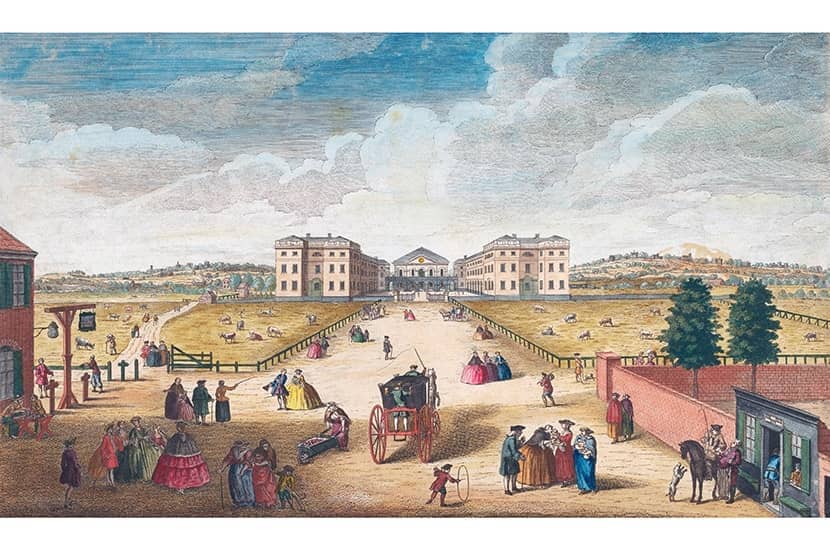Rose Tremain’s 15th novel begins with a favoured schmaltzy image of high Victoriana: it is a night (if not dark and stormy, then certainly dark and wet) in the year 1850, and a baby has been left at the gates of Victoria Park. Then we have an uncanny detail: the baby is sniffed out by a pack of wolves, one of which bites off her little toe. Thankfully, a police constable finds her and walks through the night to Coram’s Fields to deliver her to the Foundling Hospital. From there she is sent to be fostered by a loving family on a farm in Suffolk for six years, only to return to the Hospital for a childhood of cruelty and abuse at the hands of the staff. We have already encountered her working as a wig-maker by day and dreaming at night of her execution by hanging.
Her crime is murder.

Get Britain's best politics newsletters
Register to get The Spectator's insight and opinion straight to your inbox. You can then read two free articles each week.
Already a subscriber? Log in








Comments
Join the debate for just $5 for 3 months
Be part of the conversation with other Spectator readers by getting your first three months for $5.
UNLOCK ACCESS Just $5 for 3 monthsAlready a subscriber? Log in